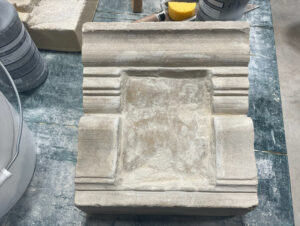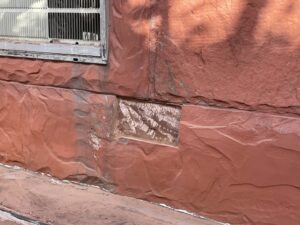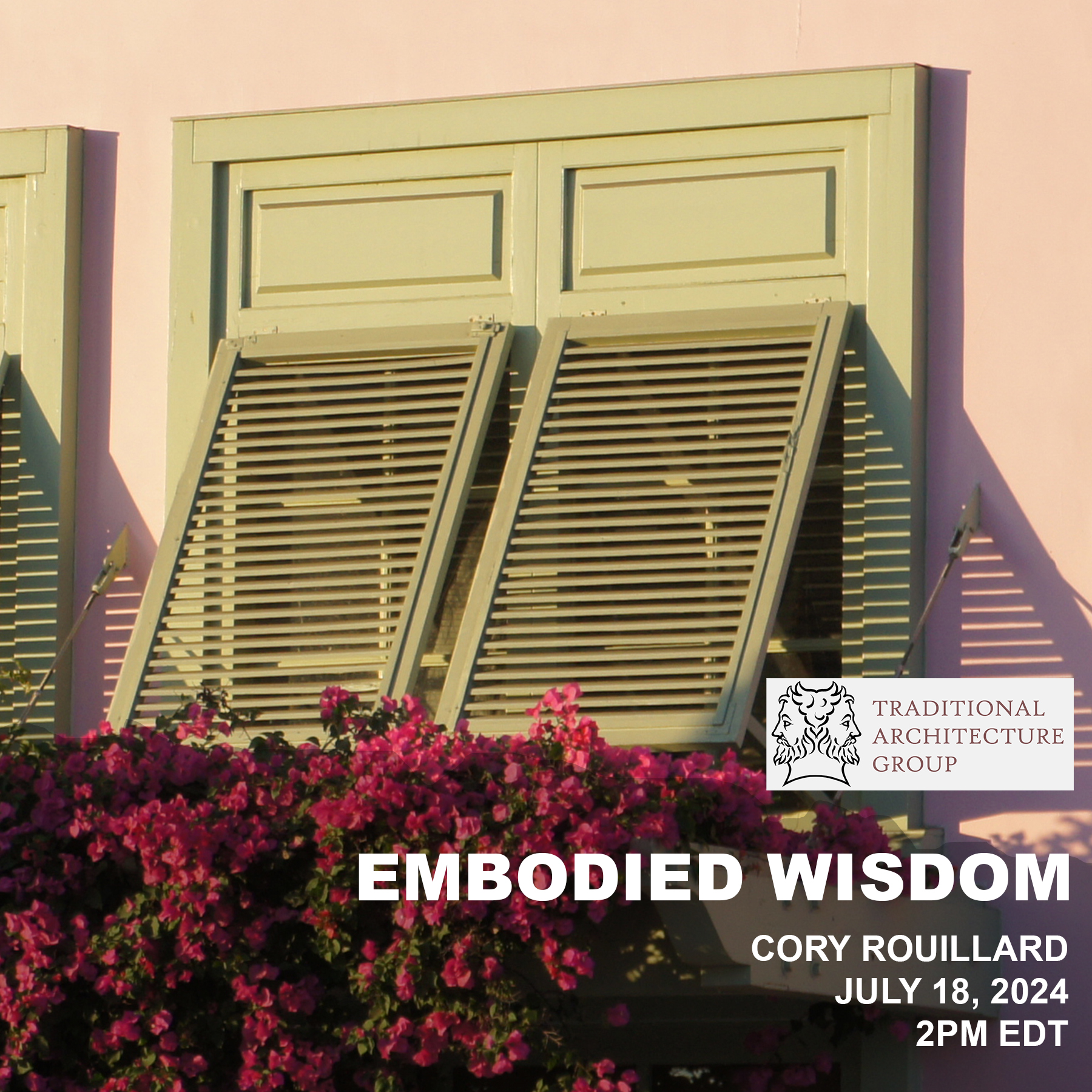During a recent site visit in New York City, I encountered a unique learning opportunity. The building, adorned with several brownstones in need of repair, immediately caught my attention. Some stones were partially patched, revealing an inconsistency in the repair process – the cracks hadn’t been squared off properly, resulting in patches too thin to maintain their integrity.
It was here that Jane Sanders, our Associate Principal, pointed out some impeccably repaired stones and mentioned an upcoming workshop with Cathedral Stone, an opportunity for me to learn stone repair firsthand.

Eager to absorb as much as I could, I arrived early on the workshop day. The warm-up session, guided by a skilled technician, involved learning the basics of brick building. Eric Hammarberg, our Associate Principal, and Maxwell Medley, our Assistant Project Manager, joined in. Eric emphasized the importance of strength and control when working with fluid materials like mortar. He likened the process more to a quick, determined action than the delicate art of cake decoration. This approach, he explained, ensures a solid, well-constructed outcome where the operator’s physical engagement directly influences the quality of the brick wall.

Armed with this foundational knowledge, I eagerly approached the main task: stone repair. My chosen project was a ‘broken’ veneer model, which illustrated the crucial step of squaring off a crack before patching. The first step involved moistening the area and applying a ‘peanut butter’ coat – a sturdy base layer for the Jahn mortar. I learned to mold the mortar into golf-ball-sized clumps, filling the squared-off space and then smoothing the surface with a sponge. Carving and scraping would follow once the mortar dried, a process reminiscent of Michelangelo’s design tool, the Modani, which is a full-scale template drawing made by Michelangelo, used by stone carvers to guide details and ornaments.

Jane, tackling a panel with a complex floral pattern, showed how intricate carving can be. A technician’s advice to “carve out the residual part” offered a practical insight into the interplay of positive and negative space in restoration work.

This Cathedral Stone workshop was more than just a hands-on exercise; it was an immersion into the craftsmanship of preservation and restoration. The blend of onsite observation and practical training provided a rich, authentic learning experience, deepening my understanding and appreciation of the art of repair.









